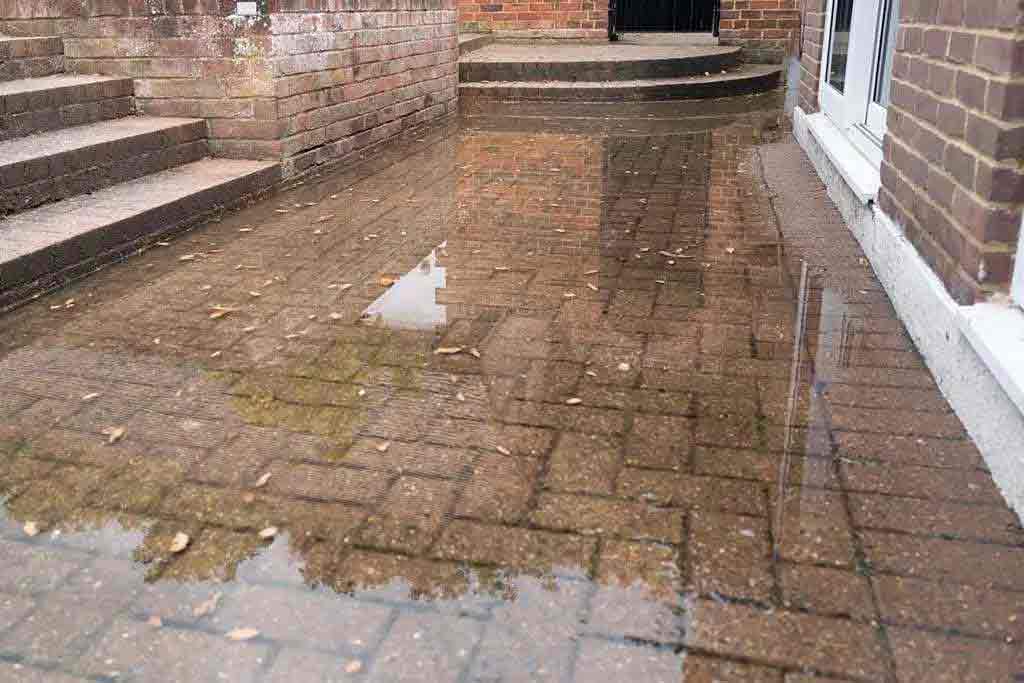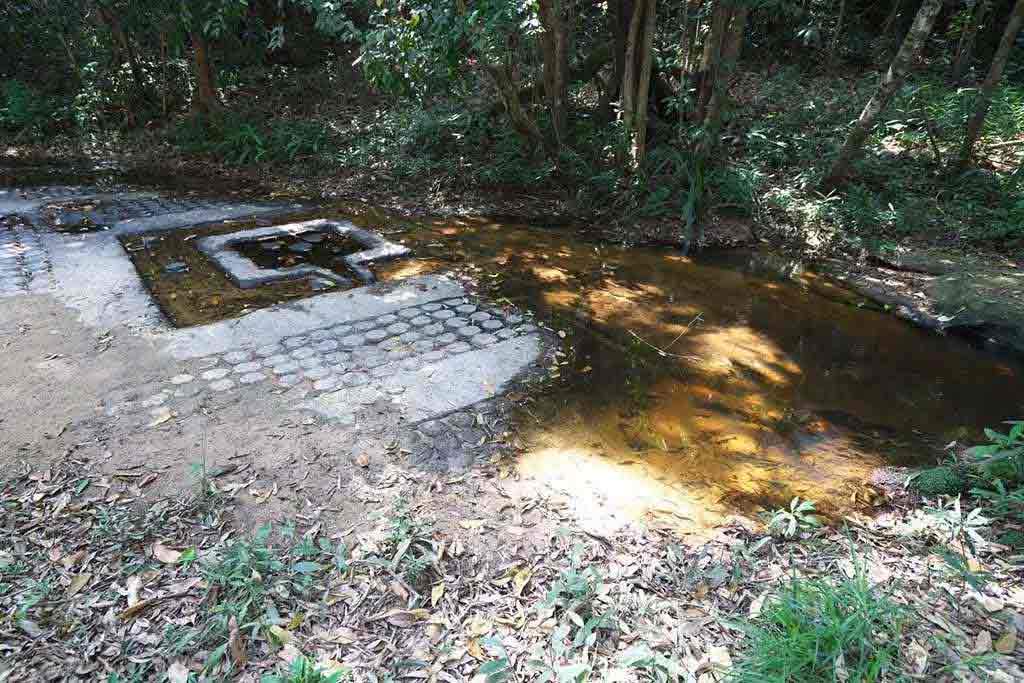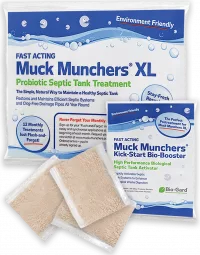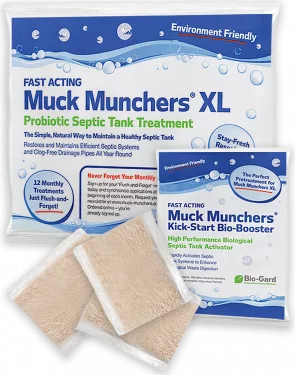Flooded Septic Tanks and Soakaways
Flooded septic tanks and soakaways are a septic tank owner’s nightmare. With sodden ground all around you.
Unfortunately, in the short term, there is little you can do to alleviate the problem to ensure that over-flows are minimised drain covers are sealed to eliminate unnecessary water draining into your tank.
If the water table (level of water in soil) becomes higher than the outlet from a septic tank, then water will drain back into the tank – it’s simply that water will always find its own level. This is likely to fill the entire tank and mix the effluent in the chambers.
The result is that, when water levels subside, effluent solids are discharged from the tank which can then block soil porosity in the soakaway. Jetting-out the outlet drain will most likely force more solids into soil air spaces.

Problems with Backed-up Flooded Septic Tanks and Soakaways
Once the mess has been cleared around the tank, the serious concern is the very high risk that raw effluent has been flushed into the drain field – this will require you to take action.
Raw effluent that has been flushed into the drain field means bacteria will be soaking into the soil, creating nasty sludge – and what’s more, in the worst case scenario, your septic tank may even be subject to collapse.
Thankfully, there are things you can do to get your septic tank back on track and to help repair what might otherwise become a hazardous situation.
What To Do With Your Septic Tank After Flooded Water Levels Have Subsided?
There are things you can do if septic tanks and/or soakaways witness flooding, and thankfully, it is much easier nowadays to bounce back from these kinds of problems.
- Once it’s clear that the water levels around the field are lower than those around your home, you will likely be safe to start using your septic tank again.
- If the flooding occurred due to a fault, then you may need a septic tank engineer to come and take a closer look.
In some cases, you may need a brand new system installed – it really depends on what the cause of the flood has been and the experts such as ukdp who are national specialists within the uk for septic tank repairs. - If the flooding occurred to natural issues unrelated to a fault, you should flush Muck Munchers back into your system to start getting things going again. Note, it’s alway’s wise, In either case, always make sure that the tank’s lid is secure, and that your soakaway isn’t clogged with silt.
Tips to Take Control Following Flooded Septic Tanks and Soakaway
Major Septic Tank Overflows
Once the soil begins to dry out, have your tank emptied and outflow drains rodded. Acting too early can result in a back-wash of silt and sand that could add to your problems. Rodding is preferential to jet-washing, which can just drive more effluent into the drainfield.
Alternatively, or in addition, after any flooding has subsided, use an immediate treatment of Bog Busters Septic Tank Shock Treatment – this special treatment digests waste in the septic tank and effluent in the drainfield, which, if left untreated can result in long-term soakaway damage.
Minor Septic Tank Overflows
If the problem does not look too serious – simply that flood or rainwater has entered the tank – our advice is, that once the flood has subsided:
- Double the dosage of Muck Munchers, but only for two to three months.
- Do check the secondary tank chamber from time to time to ensure waste is being digested effectively.
- Excessive dosing will provide no additional benefits unless used with an oxygenator such as Oxy-Tonic.
8 Signs of a Blocked Soakaway
If you’re worried about whether or not you have a blocked soakaway and that you’re at risk of flooding the drain field, here are a few tell-tale signs you should keep an eye out for.
- One of the main signs that you have a blocked soakaway is boggy soil around your septic tank.
Following the end of the wet winter weather, when the soil should be drying out if the soil around your tank appears boggy and plant growth perhaps a little lusher than elsewhere, it is a clear sign of drainage difficulties caused by excess effluent outflowing from the septic tank into the soakaway blocking the spaces between soil particles, stopping water from draining away. - You’ll start hearing noises from the drainage – gurgling in particular.
- Your home flushing will start to slow down or grind to a halt – this is a big tell-tale sign that clues many people into there being an issue in the first place.
- Other home signs include washing machines that start to flow over, toilets that complete clog and push water out, etc.
- Nearby soil is clogged, contaminated or polluted (this may not fall under your personal remit; it may be a local authority concern).
- Your inspection chambers within the tank have present waste – ideally, there shouldn’t be anything in these chambers.
- Your septic tank, or even the drains, will start to give off a terrible smell (again, this is a tell-tale sign that many people spot early on).
- Of course, if you start seeing wastewater or effluent emerging on your grass or grounds, you could have a flooding condition.

7 Causes of Septic Tank Soakaway Blockages?
As you may imagine, there are multiple reasons why people experience soakaway problems. The fact is, septic tanks are often more complex than people give them credit for being. They are more than just big holes in the ground.
Here are seven of the more common reasons why you may have a blocked soakaway, though do remember that this list isn’t exclusive – and there is always the potential for other, more intricate problems.
- Your soakaway hasn’t been installed properly – always make sure to set up a septic tank and soakaway with a reputable handler and installer, or you may end up with major problems further down the line.
- Increased demand or usage can overwhelm a soakaway – which is why it is a very good idea to try and balance your water waste throughout a given day or week – try and keep your flushing and washing machine use, for example, to a minimum per day.
- Soakaways cannot handle mass inorganic material, such as wet wipes, nappies and sanitary products – make sure to flush only the 3Ps (pee, poop and toilet paper).
- There may be internal issues with the piping – in which case, you need a specialist to take a closer look to inspect the problem at hand.
- Tree roots underground can cause serious problems for soakaways, as they can grow into pipework and therefore disrupt the way that your septic system is set up.
- You may also find that heavy machinery could damage soakaways, especially if – for example – you are on farmland, and tractors accidentally drive over the wrong piping – it is easily done, unfortunately.
- You may even find that your soakaway simply isn’t big enough for your needs – this is likely to be the case if increasing demand is overwhelming it.
Conclusion
Unblocking a soakaway can be a simple task, or maybe extremely complicated and will depend on the type of blockage, how the septic tank has been maintained prior to the blockage/ flooding and possibly the age of the septic tank system.
We sincerely hope any flooded septic tanks and soakaways you are experiencing can be fixed without major expense and inconvenience.
If we can offer one piece of advice, once you are back on track is that you do start afresh, and work on new habits to care for your septic tank systems to ensure a healthy septic tank.
This would involve the regular use of muck munchers. The microbes will help to make sure that your organic waste is broken down to manageable amounts for your soakaway to handle.
Beyond that, remember to watch what you flush (or perhaps, what not to flush). We really should only be flushing the 3Ps – and if you have any liquid thicker than water or eco-friendly cleaner to get rid of, it’s not going down the toilet – your bacteria will thank you!










